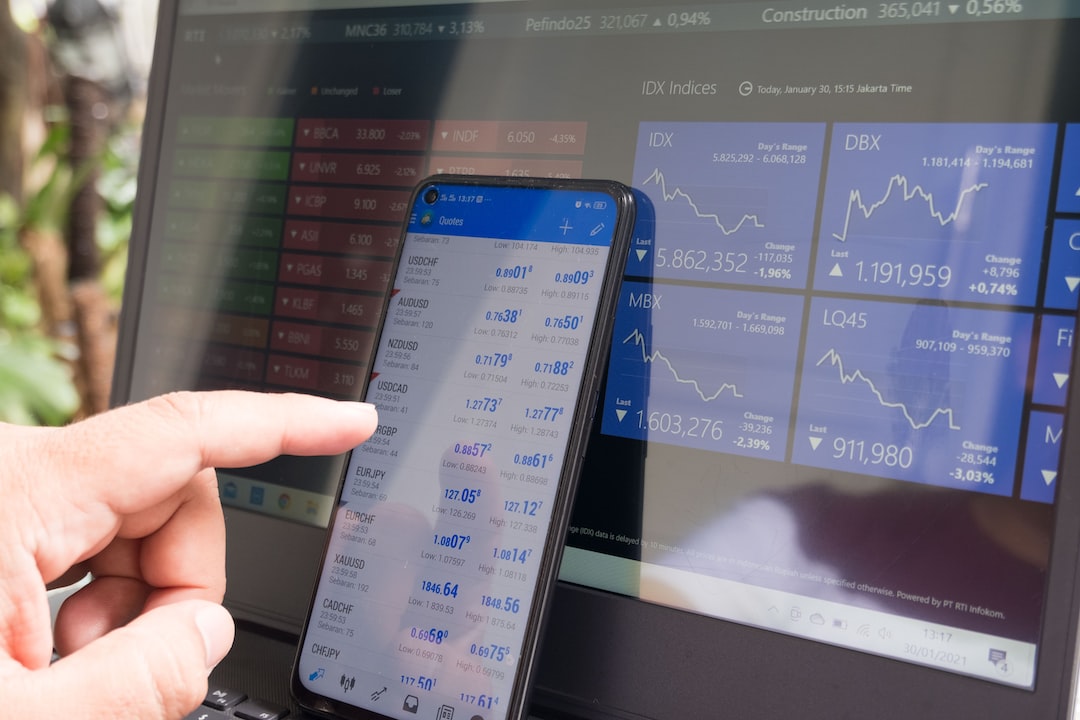Forex trading is one of the most popular forms of trading, and for good reason. The forex market is the most liquid market in the world, with trillions of dollars being traded every day. This means that there are plenty of opportunities for traders to make a profit, but also plenty of risks involved. One of the most important tools for managing risk in forex trading is the trailing stoploss. But how much should a trailing stoploss be?
First, let’s define what a trailing stoploss is. A trailing stoploss is a type of stoploss order that moves with the market, but only in the direction of your trade. For example, if you are long on a currency pair, your trailing stoploss will move up as the price of the pair moves up. If the price of the pair moves down, your stoploss will stay in place. The purpose of a trailing stoploss is to lock in profits while also minimizing losses.
The question of how much a trailing stoploss should be is not a simple one to answer. There are a number of factors that need to be taken into consideration when deciding on the appropriate level for your stoploss. Some of these factors include:
1. Volatility: The more volatile a currency pair is, the wider your stoploss should be. This is because volatile pairs are more likely to experience large price swings, which could trigger your stoploss if it is too tight.
2. Timeframe: The timeframe you are trading on will also affect the appropriate level for your stoploss. If you are trading on a shorter timeframe, such as the 5-minute or 15-minute chart, your stoploss should be tighter than if you are trading on a longer timeframe, such as the daily or weekly chart.
3. Risk tolerance: Your personal risk tolerance will also play a role in determining the appropriate level for your stoploss. If you are a more conservative trader, you may want to set your stoploss tighter, while if you are a more aggressive trader, you may be comfortable with a wider stoploss.
4. Trading strategy: Finally, your trading strategy will also affect the appropriate level for your stoploss. Some strategies, such as scalping, may require very tight stoplosses, while others, such as swing trading, may allow for wider stoplosses.
Given these factors, it is difficult to give a hard and fast rule for how much a trailing stoploss should be. However, a good starting point is to use technical analysis to identify key support and resistance levels on the chart, and then set your stoploss just below or above these levels, depending on whether you are long or short on the pair.
Another approach is to use a percentage-based stoploss, where you set your stoploss a certain percentage away from your entry price. For example, you could set a 2% stoploss, which means that if you enter a trade at 1.2000, your stoploss would be at 1.1760 (2% below your entry price).
Ultimately, the appropriate level for your trailing stoploss will depend on your individual trading style, risk tolerance, and the conditions of the market at the time. It is important to continually monitor your trades and adjust your stoploss accordingly as the market conditions change.
In conclusion, a trailing stoploss is a vital tool for managing risk in forex trading. The appropriate level for your stoploss will depend on a number of factors, including volatility, timeframe, risk tolerance, and trading strategy. While there is no one-size-fits-all answer to how much a trailing stoploss should be, using technical analysis and percentage-based stops can be effective starting points for determining the appropriate level for your trades.






